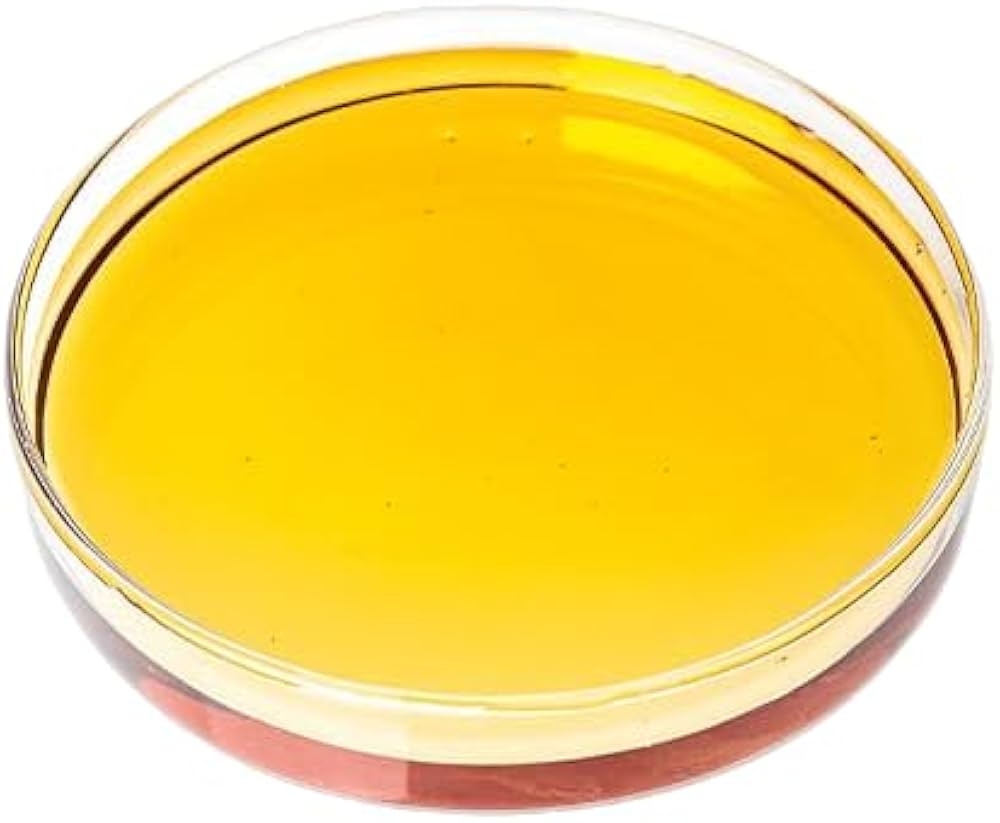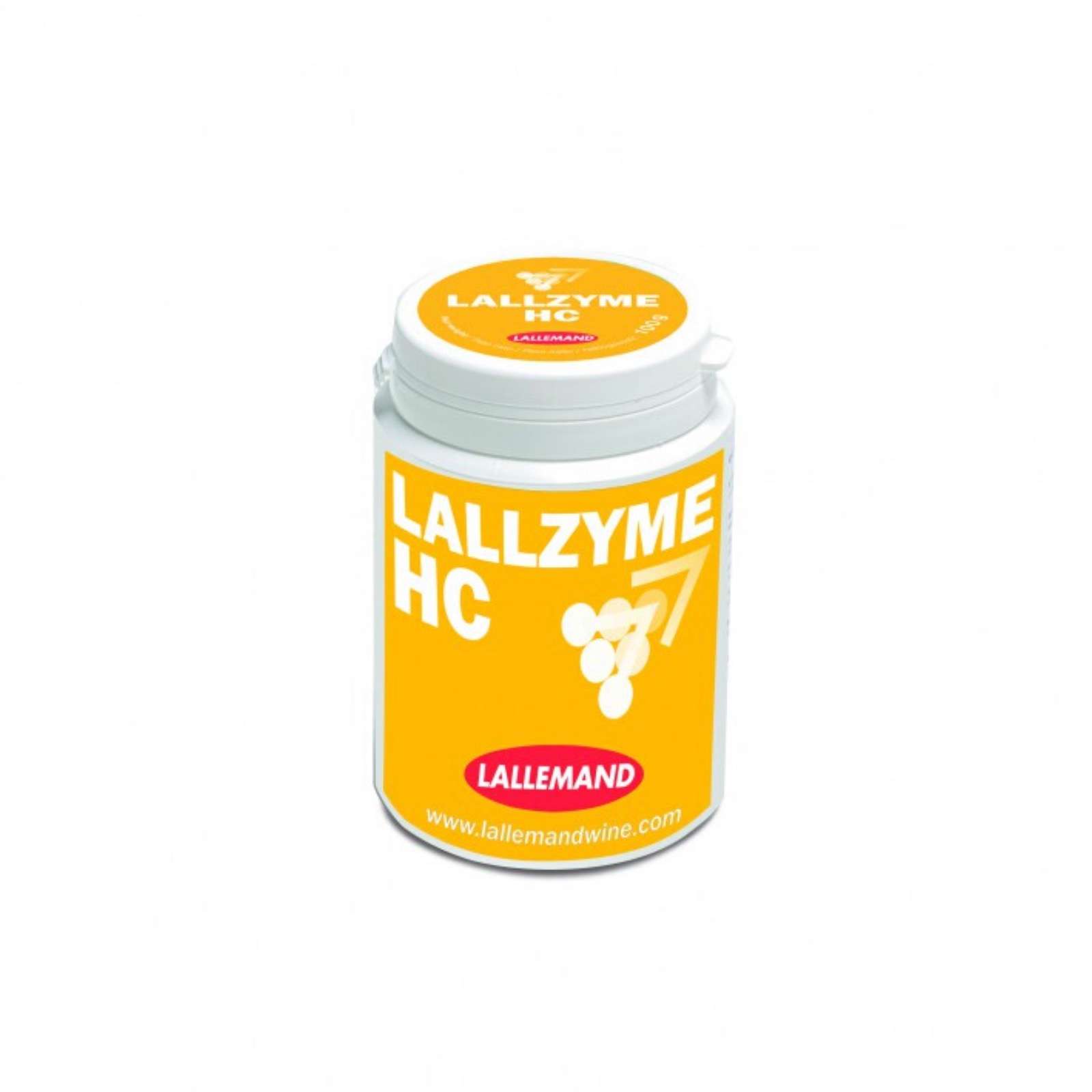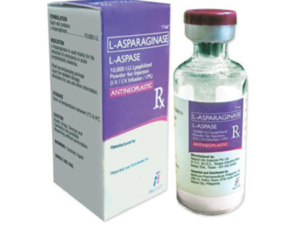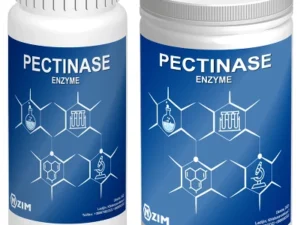Description
Pectin Lyase: The Enzyme That Breaks Down Plant Cell Walls
Pectin lyase, a fascinating enzyme belonging to the broader family of lyases, plays a crucial role in the breakdown of pectin, a complex polysaccharide found in the primary cell walls of plants. Understanding its function and applications is vital in fields ranging from agriculture and food processing to biofuels and plant pathology.
What is Pectin?
Before diving into the specifics of pectin lyase, it’s essential to understand pectin itself. Pectin is a crucial component of plant cell walls, acting as a “glue” that holds the cells together and provides structural integrity. It’s a complex heteropolysaccharide primarily composed of galacturonic acid, a derivative of galactose. The degree of methylation of these galacturonic acid residues, as well as the presence of other sugars like rhamnose, arabinose, and galactose, influences the properties and function of pectin.
Pectin Lyase: Breaking Down the Pectin Network
Pectin lyase is an enzyme that specifically targets pectin, catalyzing the eliminative cleavage of alpha-1,4-glycosidic linkages in pectic acid. This means it breaks the bonds between the galacturonic acid units in pectin, releasing fragments of the polysaccharide. Unlike pectinases that hydrolyze these bonds, pectin lyase employs a beta-elimination mechanism, resulting in the formation of an unsaturated product with a double bond.
The Mechanism of Action: A Beta-Elimination Process
The beta-elimination mechanism employed by pectin lyase is key to its function. This process involves the removal of a proton and a substituent from adjacent carbon atoms, leading to the formation of a double bond. In the case of pectin lyase, this process occurs at the C-4 and C-5 positions of the galacturonic acid residue, resulting in the cleavage of the glycosidic bond and the formation of an unsaturated galacturonic acid. This is distinctly different from the hydrolytic action of other pectinases like polygalacturonase.
Sources and Diversity of Pectin Lyase:
Pectin lyase is produced by a variety of organisms, including:
- Microorganisms: Many bacteria and fungi, particularly those involved in plant decay, produce pectin lyase to break down plant cell walls and access nutrients. These microbial pectin lyases are often studied for their potential industrial applications.
- Plants: Plants themselves also produce pectin lyase, playing a role in fruit ripening, softening, and abscission (shedding of leaves, flowers, or fruits).
The properties of pectin lyase can vary depending on its source, with different enzymes exhibiting preferences for specific types of pectin, optimal pH and temperature ranges, and sensitivity to inhibitors.
Applications of Pectin Lyase: A Versatile Enzyme
The unique properties of pectin lyase make it a valuable tool in various industries:
- Food Processing:
- Fruit Juice Clarification: Pectin lyase helps break down pectin in fruit juices, reducing viscosity and improving clarity.
- Fruit and Vegetable Processing: It can aid in the maceration and softening of fruits and vegetables, making them easier to process.
- Textile Industry: Pectin lyase can be used to remove pectin from plant fibers like flax and hemp, improving fabric quality and dye uptake.
- Biofuel Production: By degrading pectin in plant biomass, pectin lyase can facilitate the release of sugars that can be fermented into biofuels like ethanol.
- Plant Pathology Research: Researchers use pectin lyase to study the role of pectin degradation in plant diseases caused by pathogens.
- Paper Industry: Pectin lyase can be used to improve the quality of paper pulp by removing pectin and improving drainage.
Challenges and Future Directions:
While pectin lyase has numerous applications, there are still challenges to overcome:
- Enzyme Stability: Improving the stability of pectin lyase under industrial conditions (high temperatures, extreme pH) is crucial for wider application.
- Specificity: Developing pectin lyases with greater specificity for certain types of pectin could enhance their efficiency in particular applications.
- Cost-Effectiveness: Reducing the cost of enzyme production is a major barrier to widespread adoption.
Future research efforts are focused on:
- Strain Improvement: Developing microbial strains with higher pectin lyase production and improved enzyme properties through genetic engineering.
- Enzyme Engineering: Modifying existing pectin lyases using protein engineering techniques to enhance their stability, activity, and specificity.
- Bioreactor Design: Optimizing bioreactor designs to improve enzyme production and reduce costs.
Conclusion:
Pectin lyase is a powerful enzyme with a wide range of applications in various industries. Its ability to break down pectin in plant cell walls makes it an invaluable tool for food processing, textile manufacturing, biofuel production, and plant pathology research. As our understanding of this enzyme continues to grow, so too will its potential applications, making it a key player in sustainable and innovative technologies. By addressing the challenges related to enzyme stability, specificity, and cost-effectiveness, we can unlock the full potential of pectin lyase for the benefit of various industries and society as a whole.










Reviews
There are no reviews yet.